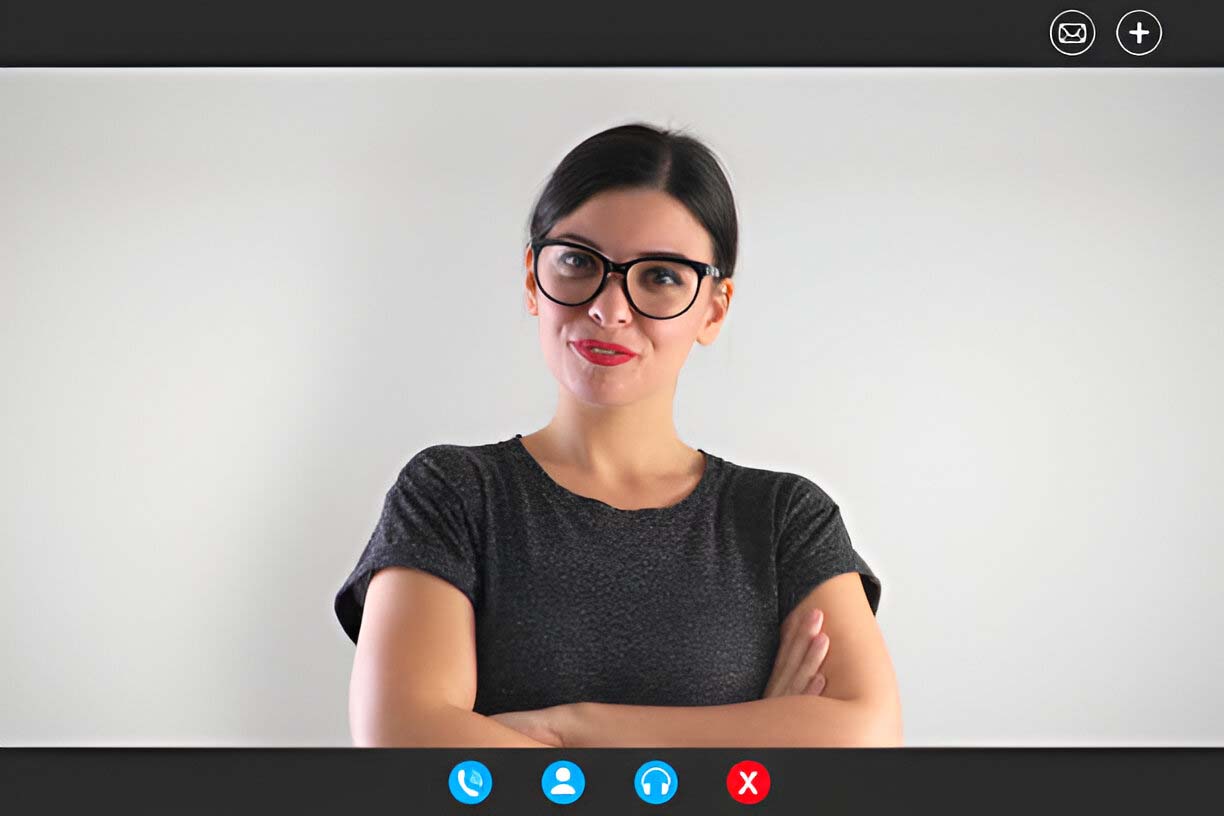The casting process has always been a crucial aspect of filmmaking. The right cast can elevate a script, bringing characters to life and making stories resonate with audiences. Over the years, casting has undergone significant transformations, especially with the advent of digital technology. This evolution has reshaped how casting calls are conducted, how talent is discovered, and how actors land their dream acting job. In this article, we explore the evolution of casting in the digital age, focusing on virtual auditions and beyond.

The Traditional Casting Process
Before the digital revolution, the casting process was predominantly in-person. Casting calls were announced through industry publications, talent agencies, and casting directors. Aspiring actors would attend these calls, sometimes lining up for hours for a few minutes in front of a casting director. This traditional method, while effective, had its limitations. It was time-consuming, geographically restrictive, and often costly for actors who had to travel long distances for auditions.
Casting directors relied heavily on their networks and industry contacts to find the right talent. This often meant that many talented individuals without the right connections or resources were overlooked. The process was also physically demanding, requiring actors to be present in specific locations, which limited opportunities for those unable to travel.
The Advent of Digital Casting Calls
The introduction of digital technology has revolutionised the casting process, making it more accessible and efficient. Online casting platforms like Backstage, Casting Networks, and others have emerged, allowing casting directors to post casting calls online. These platforms enable actors from around the world to submit their applications, portfolios, and audition tapes electronically.
Digital casting calls have democratised the casting process, breaking down geographical barriers and opening up opportunities for a more diverse pool of talent. Actors no longer need to be physically present to audition, which has made the industry more inclusive. This shift has also allowed casting directors to discover new talent from different parts of the world, enriching the diversity of characters in films and television shows.

Virtual Auditions: A Game Changer
One of the most significant advancements in digital casting is the rise of virtual auditions. These auditions are conducted online, using video conferencing tools like Zoom, Skype, or specialised audition software. Virtual auditions have several advantages:
Convenience and Accessibility
Virtual auditions provide convenience for both casting directors and actors. Actors can audition from the comfort of their homes, saving time and money on travel. This accessibility has opened doors for aspiring actors who may not have the means to attend in-person auditions. Casting directors can also review more auditions in less time, increasing efficiency.
Flexibility
Virtual auditions offer greater flexibility in scheduling. Actors and casting directors can coordinate audition times that suit both parties, eliminating the need for rigid schedules. This flexibility is particularly beneficial for international casting, where time zones can be a challenge.
Broader Talent Pool
By eliminating geographical constraints, virtual auditions have expanded the talent pool. Casting directors can now consider actors from different regions and backgrounds, leading to more diverse and inclusive casting choices. This broader talent pool enhances the storytelling potential of films and TV shows.
The Role of Self-Taped Auditions
Alongside virtual auditions, self-taped auditions have become a standard practice in the casting industry. Actors are often asked to record their auditions and submit the videos online. Self-taped auditions have several benefits:
Control Over Performance
Self-taped auditions allow actors to control their environment and take multiple shots until they are satisfied with their performance. This can result in higher-quality auditions, as actors can present their best work without the pressure of a live audition.
Accessibility
Like virtual auditions, self-taped auditions make the casting process more accessible. Actors can record their auditions at their convenience, making it easier to balance auditions with other commitments.
Cost-Effective
Self-taped auditions reduce the financial burden on actors. They no longer need to travel for auditions, saving on transportation and accommodation costs. This cost-effectiveness makes the industry more inclusive, allowing talented individuals from various economic backgrounds to participate.

The Impact of Social Media and Online Portfolios
Social media and online portfolios have also played a significant role in the evolution of casting. Platforms like Instagram, YouTube, and TikTok have become valuable tools for actors to showcase their talent and build a following. Casting directors often scout social media for fresh faces and unique talents, making it an essential part of the modern casting process.
Online Portfolios
Online portfolios, hosted on websites or platforms like LinkedIn, provide a comprehensive view of an actor’s work. These portfolios can include headshots, demo reels, resumes, and links to social media profiles. Having an online portfolio makes it easier for casting directors to assess an actor’s suitability for a role and streamline the selection process.
Social Media Presence
A strong social media presence can significantly impact an actor’s career. Casting directors are increasingly looking at an actor’s online following and engagement as part of their selection criteria. Actors with a substantial online presence can bring a built-in audience to a project, making them more attractive to casting directors and producers.
The Future of Casting: AI and Data Analytics
The future of casting is likely to see even more technological advancements. Artificial Intelligence (AI) and data analytics are starting to play a role in the casting process. AI can analyse large datasets to identify trends and predict which actors might be best suited for specific roles. Data analytics can help casting directors make more informed decisions, improving the efficiency and effectiveness of the casting process.
AI in Casting
AI technology can scan vast amounts of data, including previous casting choices, box office performance, and audience preferences, to suggest potential candidates for roles. This technology can also analyse an actor’s past performances and predict their suitability for future roles, providing valuable insights for casting directors.
Data-Driven Decisions
Data analytics can help casting directors understand audience preferences and trends. By analysing data from social media, streaming platforms, and box office reports, casting directors can make data-driven decisions that align with audience expectations and industry trends. This approach can lead to more successful casting choices and, ultimately, more successful projects.
Conclusion
The evolution of casting in the digital age has transformed the industry, making it more accessible, efficient, and inclusive. Virtual auditions, self-taped auditions, online casting calls, and social media have all contributed to a more dynamic and diverse casting process. As technology continues to advance, the future of casting looks promising, with AI and data analytics poised to revolutionise the industry further.
For aspiring actors, this digital revolution means more opportunities and greater chances of landing their dream acting job. By embracing these new technologies and platforms, actors can showcase their talent to a global audience and make their mark in the ever-evolving world of film and television.








